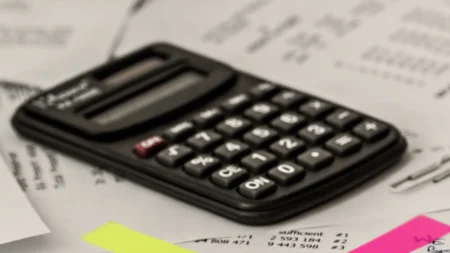Bank draft and Money Order are common terms in Canadian Banking. But what really do they mean and how does it work? How are they different from each other? In this piece, we analyze these terms and compare them.
What is a Bank Draft?
A bank draft is A payment made on behalf of a liquidity provider (payer) and backed up by the issuing bank is called a bank draft. Banks review the account of the individual requesting a draft to determine sufficient liquidity before accepting to issue the draft.
Consequently, the bank removes the fund from the account of the individual to process a payment when the bank draft is issued. With a bank draft, the person who is receiving a payment knows that the payment is secured.
To facilitate a bank draft, a payer must have sufficient funds on the check including applicable fees. The bank transfers the fund, while the name of the payer appears on the check.
A bank draft shows that there are enough funds in the payer’s account by drawing and issuing the draft. A bank draft cannot be retracted because it is a transaction that has been facilitated.
In essence, it is not reversible. In the event that a draft is stolen or lost, it can be canceled or replaced with the right documentation from the drawer.
What is a Money Order?
A money order is a certificate issued by a banking institution or government that guarantees on-demand payment to the receiver of the funds. It is basically a certificate used by those that cannot use a standard checking account.
The certificate is then accepted and changed to cash immediately. As long as an individual holds cash, Money orders are convenient cash instruments acquired at gas stations, grocery stores, and post offices. Their convenient and inexpensive nature makes them vulnerable to fraud.
When receiving money orders from strangers, it is usually a fraud being facilitated. People should exercise caution
The buyer attaches the name of the recipient and the amount the recipient will receive. There is a transfer ceiling of $1000 for money orders. Whoever wants to send more funds than what is required will purchase more money orders.
The buyer gets a receipt with a serial order. To avoid tracing the funds, which can be really stressful, the receipt should be kept until the money gets to the recipient.
Merits of using Money Orders
- Safe and easy to use since no personal information such as the bank account number of the payer is requested.
- Deposited to a bank account at no fee.
- The cash is not restricted to a country it is issued; cash can be delivered to recipients in another country.
- The recipient receives cash from a credit union or local bank.
Some Disadvantages of using Money Orders
- Validating the receipt of a money order by a recipient is difficult.
- The recipient pays a fee to get the funds.
- Where money orders are cashed from different banks apart from the issuer of the fund, a delay is usually experienced.
- Money orders are usually fraudulent.
Money Order vs Bank Draft
- While a drawer gets a fund on-demand with a money order by showing its certificate to a bank, a bank draft is a payment done on behalf of a payer that is guaranteed by the bank issuing the funds.
- A money order can be purchased with cash from convenient areas such as grocery stores and filling stations, a bank draft, on the other hand, can only be purchased at a bank.
- Regarding costs, a money order can cost between $0.88 and $1.75 while a bank draft can cost between $4 and $6. The actual amount might be slightly higher or lower depending on the financial institution.
- If you’re looking to transact large amounts of money, you might want to consider a bank draft. There is no maximum amount on a bank draft, however, a single money order usually carries a maximum of $1000.
- In terms of security, the bank draft contains the account number of the payer which can be compromised in the event that the bank draft is misplaced or lost. A money order is more secure since it does not contain personal information.
Conclusion
Only a bank issues a bank draft; a money order is issued by an approved institution such as a store, post office, or bank.
Bank drafts are difficult to get since the payer goes through a few checks from their bank and also pays applicable fees. Money orders are easy to purchase from an institution that is recognized or approved.












